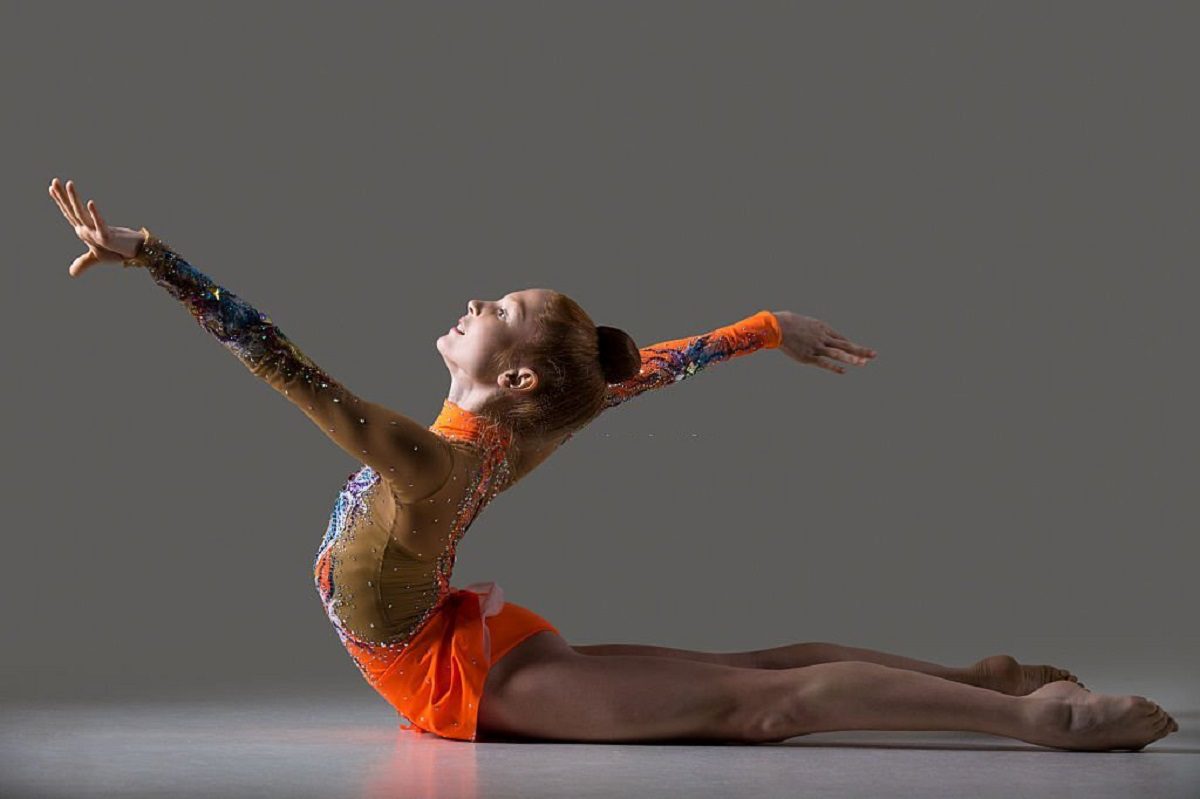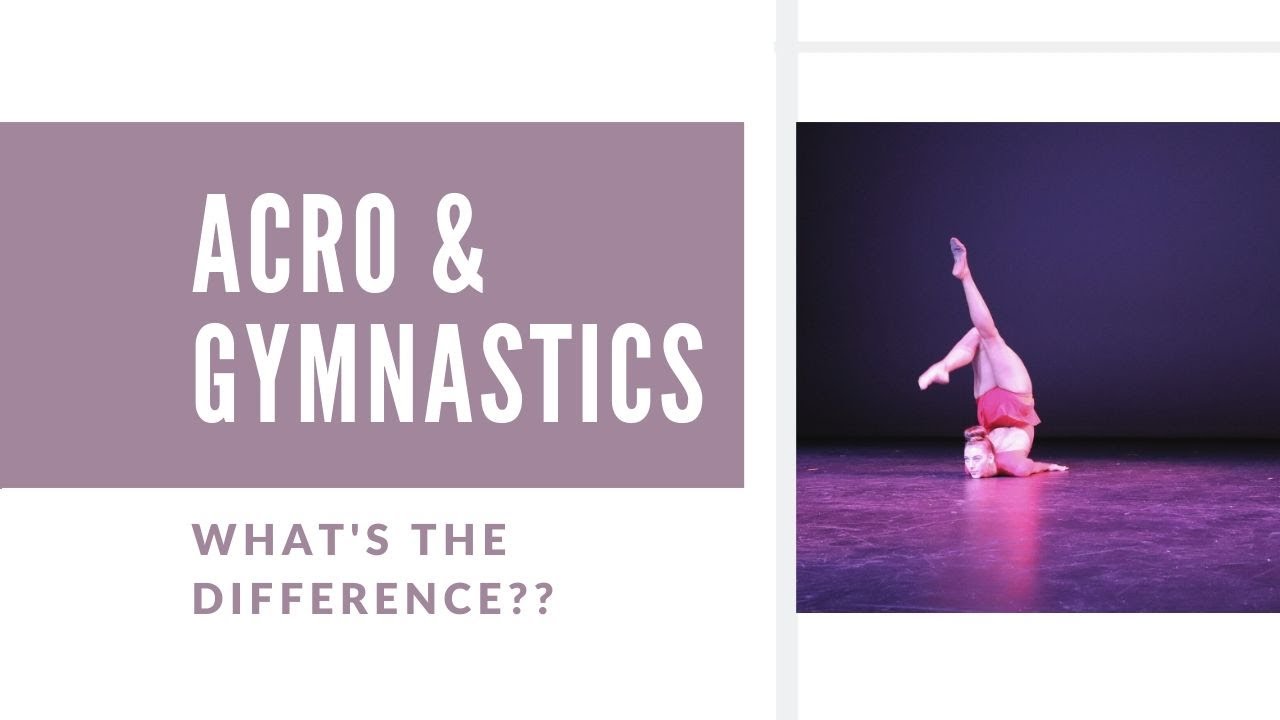Welcome to the exciting world of Acro Dance, where the exciting art of dance meets the expressive beauty of dance. It is a mesmerising mix of acrobatics’ strength, flexibility, and accuracy with dance grace, mobility, and craft. It has become a fun and exciting way to move that has caught the attention of people all over the world.
Acro dance has become very famous in the past few years, both as an exciting art form and as a competitive sport. It shows off the actors’ amazing physical skills and pushes the limits of what the human body can do. Acro Dance is a stunning show of strength, agility, and artistic expression. It has amazing lifts, balances that defy gravity, flips that make you gasp, and difficult choreography.
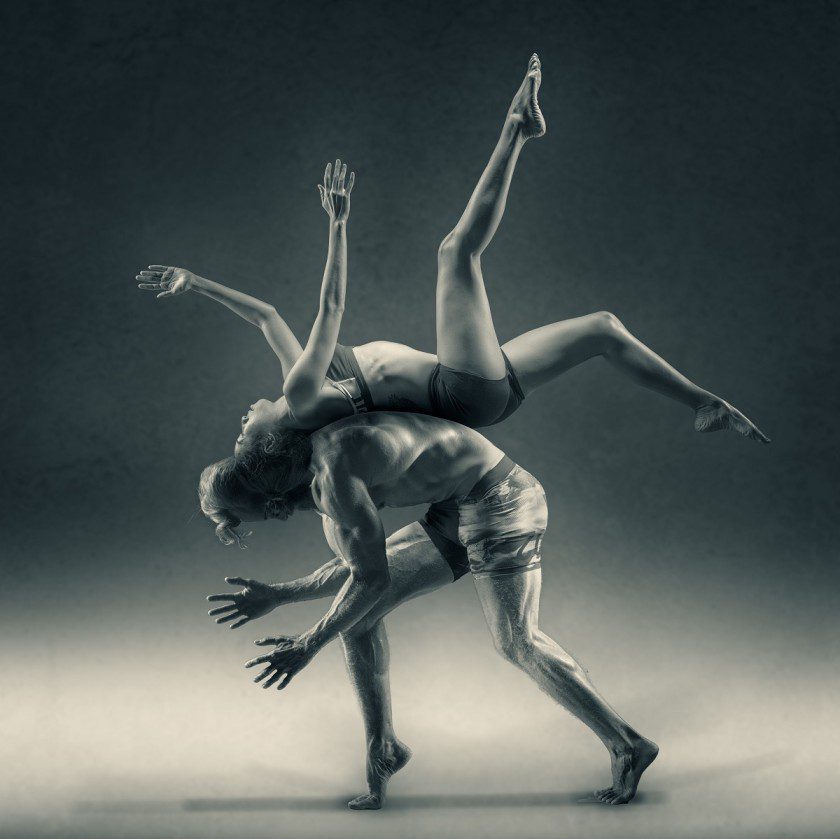

The origins of the Acro Dance can be traced back to ancient civilizations, where the combination of acrobatics and dance was a part of traditional theatrical performances.
It is a unique and mesmerizing dance form that combines the grace and elegance of dance with the jaw-dropping athleticism of acrobatics. It is a captivating art that showcases the perfect harmony of strength, flexibility, balance, and artistry. In this article, we will explore the enchanting world of Acro Dance, delving into its history, the skills required, the benefits it offers, and the impact it has made in the world of performing arts.
A Brief History of Acro Dance
It has a long and interesting past that goes back to ancient times. We can trace the art of combining acrobatics and dance back to many countries, such as ancient China, where it was a part of traditional theatrical performances. It changed over time and became popular in circus acts, vaudeville shows, and, finally, modern dance.
Agnes de Mille, a famous dancer, added acrobatic moves to ballet dances at the start of the 20th century. This was the first step towards the modern Acro Dance we know today. Over time, it became its own style of dance, with dedicated training initiatives, contests, and a growing community of passionate performers.
Acro Dance began when gymnastics and dance came together. It gets ideas from different kinds of dance, like ballet, jazz, modern, and gymnastics. When you mix the skill and fluidity of dance with the bravery and jaw-dropping tricks of acrobatics, you get a breathtaking show that draws people from all over the world.
Acro Dance, the captivating fusion of strength and dance, has a rich past that traces its roots back to the harmonious collaboration of acrobatics and dance forms. This unique dance style blends the grace, elegance, and storytelling of dance with the awe-inspiring physicality and daring tricks of acrobatics. In this piece, we will explore the origins of Acro Dance and the path that it has taken to become the mesmerizing art form we know today.
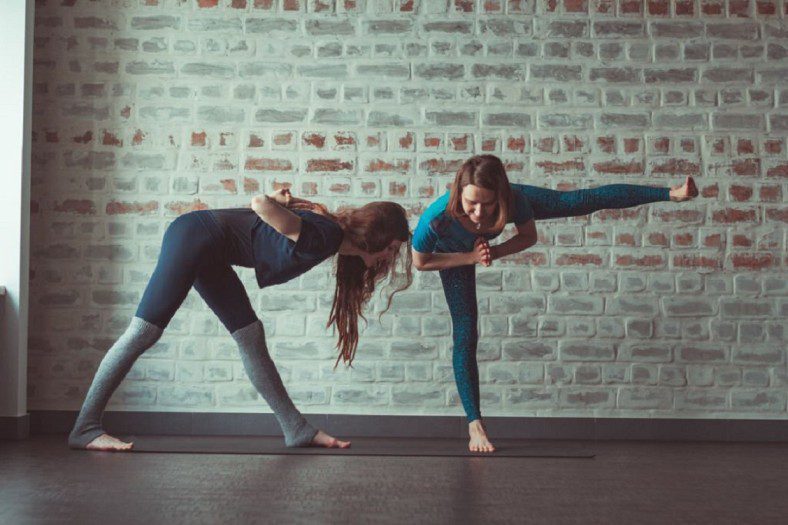

Techniques and Skills in Acro Dance
Acro Dance is an interesting type of dance that combines dance moves with acrobatic moves. It takes a unique set of skills and techniques that blend strength, flexibility, balance, and artistry. In this piece, we’ll look at the most important techniques and skills of acro and show how precise and hard work is needed to master this dynamic art form.
1. Balance and Control
Acro dance and hip hop dance both take a lot of control and balance. In Acro Dance, dancers do hard positions, handstands, and other risky acrobatic moves that require a lot of balance. They become more aware of their bodies and use their core muscles to stay upright and make smooth changes. In Hip Hop Dance, they found balance through rhythmic footwork, rotations, and quick, powerful motions. Dancers learn to move to the beat and find a balance between power and control. Both styles depend on control so that dancers can move with precision and purpose. Mastering balance and control makes shows stronger and more interesting to watch, whether it’s the controlled lifts and partner work in Acro Dance or the isolations and intricate freezes in Hip Hop Dance.
2. Flexibility and Extension
Flexibility is one of the most important parts of Acro Dance because it lets dancers do amazing moves and lines. Dancers put in a lot of time and work to get more flexible. They focus on the muscles in their legs, hips, back, and shoulders. By stretching and working out regularly, they eventually broaden their range of motion. This lets them do impressive splits, high kicks, deep backbends, and other positions that look great on camera. Flexibility not only makes dancing look more beautiful and flowing, but it also makes dancers less likely to get hurt, which gives them the confidence to push their bodies to the limit.
3. Tumbling and Floor Work
Tumbling skills are an important part of it, giving shows more energy and excitement. Tumbling skills like rolls, cartwheels, round-offs, handsprings, and flips are learned by dancers. For these gymnastic moves, you need to be quick, flexible, and aware of your surroundings. Dancers learn how to get power from their legs, stay in control during fast-paced routines, and go from tumbling passes to dance elements without losing their balance. When dancers are good at tumbling, they can show how athletic they are and wow the crowd with amazing displays of strength and speed.
4. Partner Work and Lifts
It is known for its partner work and jumps, which show how it is based on working together. These parts require dancers to be strong, trust each other, and work together. Lifts can be anything from simple support moves to complicated stunts that avoid gravity by lifting, twisting, or tossing dancers in the air. Partner work works best when the dancers can talk to each other clearly, know when to move, and understand each other. Through a lot of practise, dancers build up the strength and skill they need to do lifts with control and grace. This creates beautiful moments of synchronised movement that stun the audience with the beauty of human link.
5. Transitions and Flow
It demands a unique set of skills and techniques that combine elements from acrobatics and various dance styles. Performers must possess exceptional strength, flexibility, balance, and coordination. Let’s explore some key techniques and skills that are essential for mastering It:
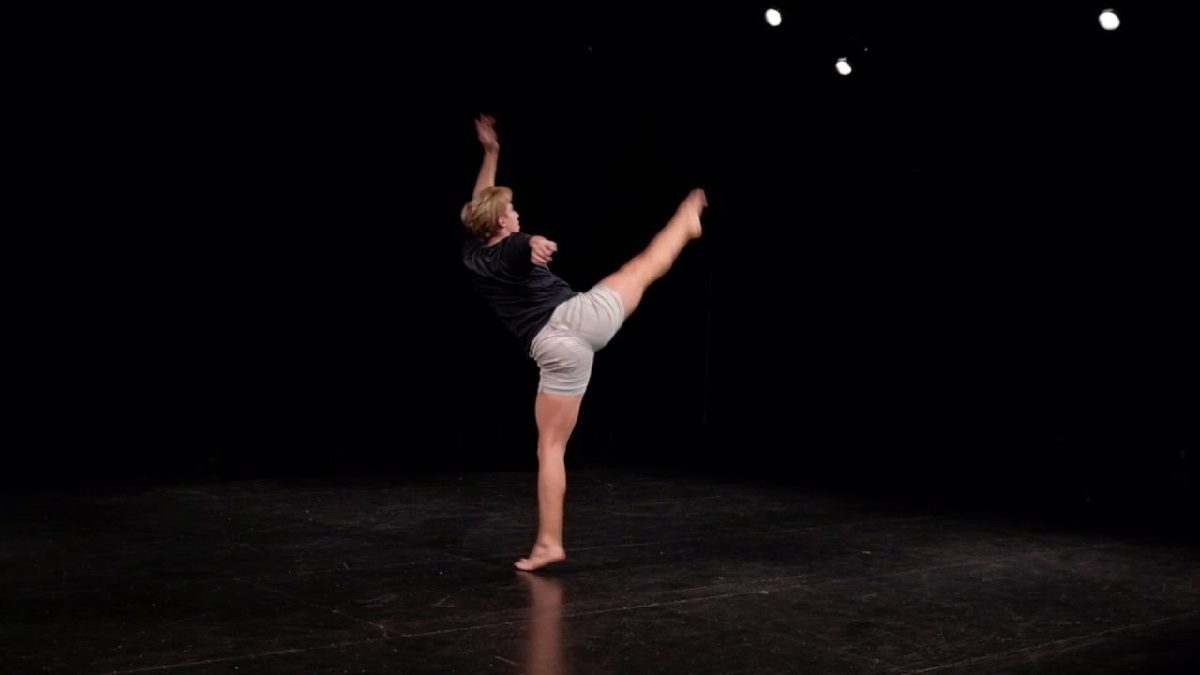


Exploring the Dynamic Artistry of Acro Dance
Acro dance is a captivating blend of acrobatics and dance, combining the strength and agility of acrobatics with the grace and fluidity of dance. This unique dance style has gained popularity in recent years, captivating audiences with its breathtaking moves and captivating performances. In this article, we will dive deep into the world of acro dance, exploring its origins, techniques, benefits, and its evolution in popular culture.
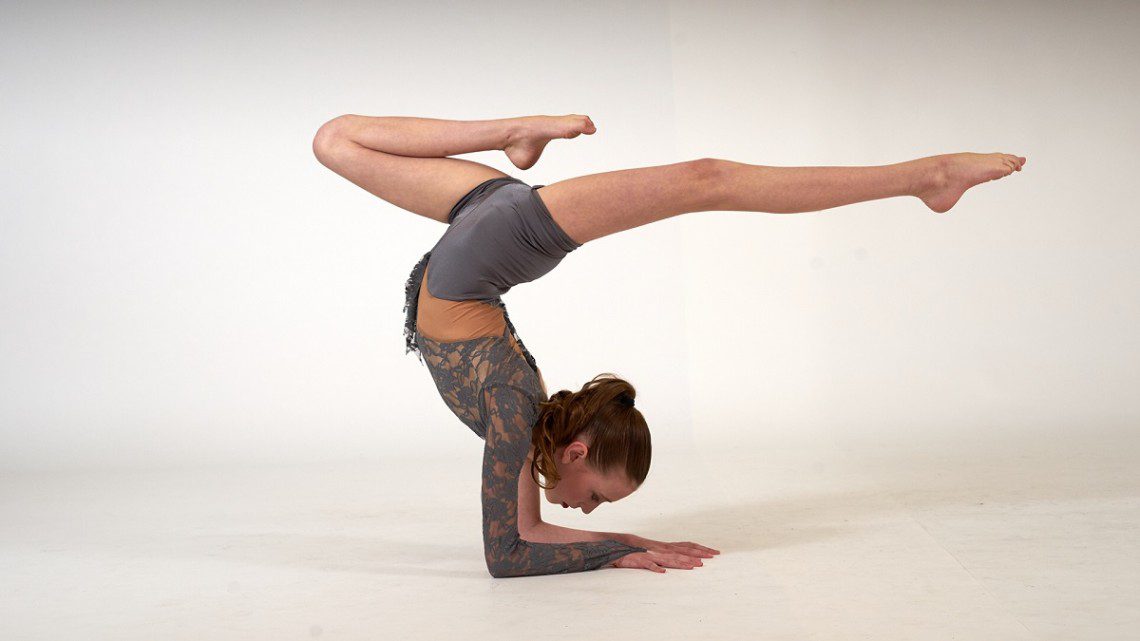


FAQ’s about Acro Dance
It is a unique dance style that combines elements of acrobatics, tumbling, and dance. It involves fluid movements, dynamic tricks, and impressive displays of strength, flexibility, and coordination.
Yes! It is suitable for individuals of all ages and skill levels. Whether you’re a beginner or have prior dance experience, It classes can be tailored to accommodate different levels of proficiency.
Safety is a top priority in acro dance. Qualified instructors provide proper training, emphasizing correct techniques, and spotting during difficult moves. Additionally, the use of appropriate mats and equipment helps ensure a safe learning environment.
No prior gymnastics or acrobatic experience is necessary to start acro dance. It classes are designed to teach foundational skills and progress gradually. With consistent practice and guidance from instructors, you can learn and master this dance techniques.
It offers a wide range of benefits. It improves strength, flexibility, and balance while promoting overall fitness. It also enhances coordination, body awareness, and spatial orientation. Additionally, it allows for creative.
